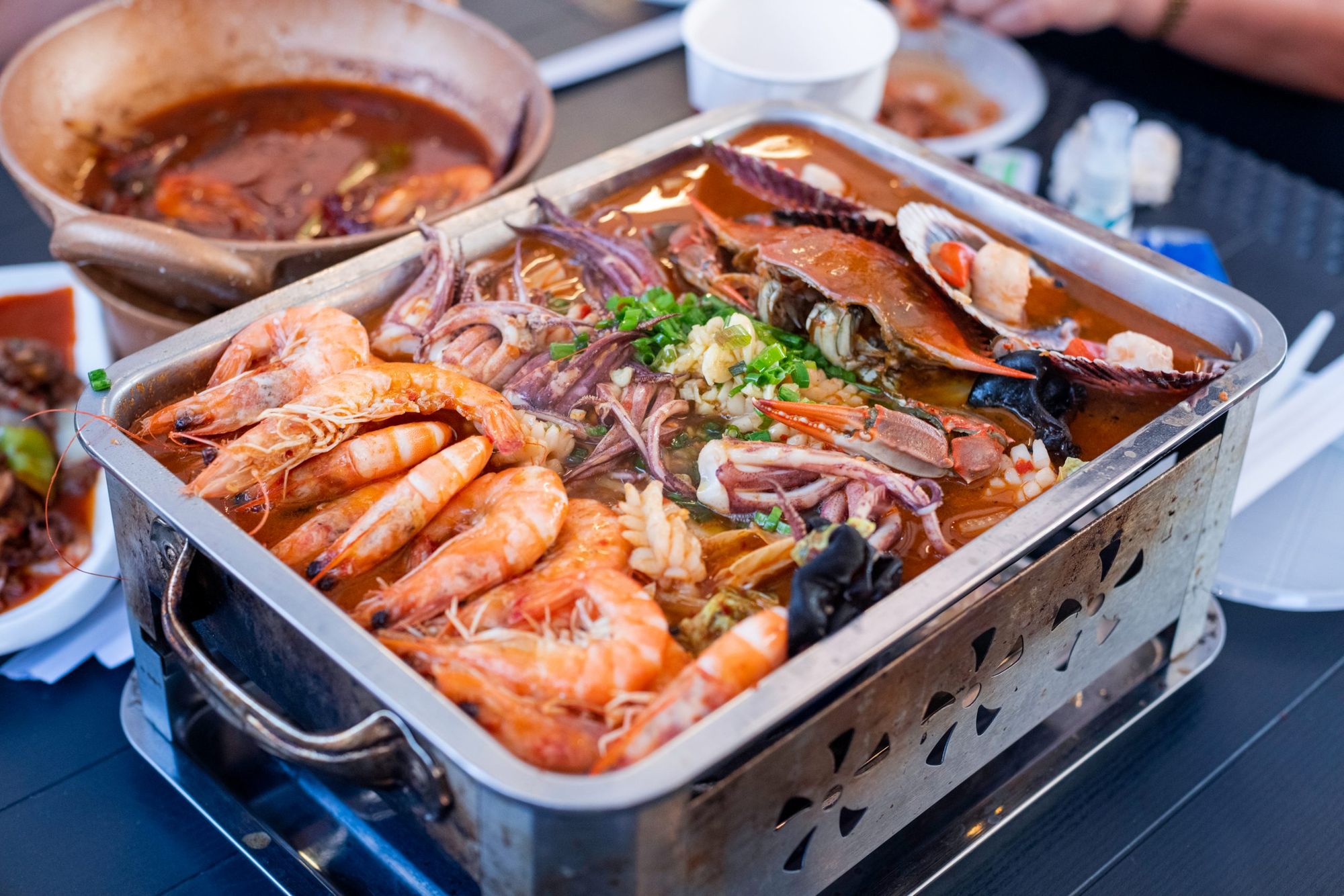When you leave the center of Budapest and head deep into the heart of the X. District, you will soon notice huge buildings from which so many colors, smells, and noises filter out. It may seem like an alien world, but it’s worth stepping through the gates as an incredibly exciting and authentic world opens up before us: we have arrived in the Hungarian Chinatown.
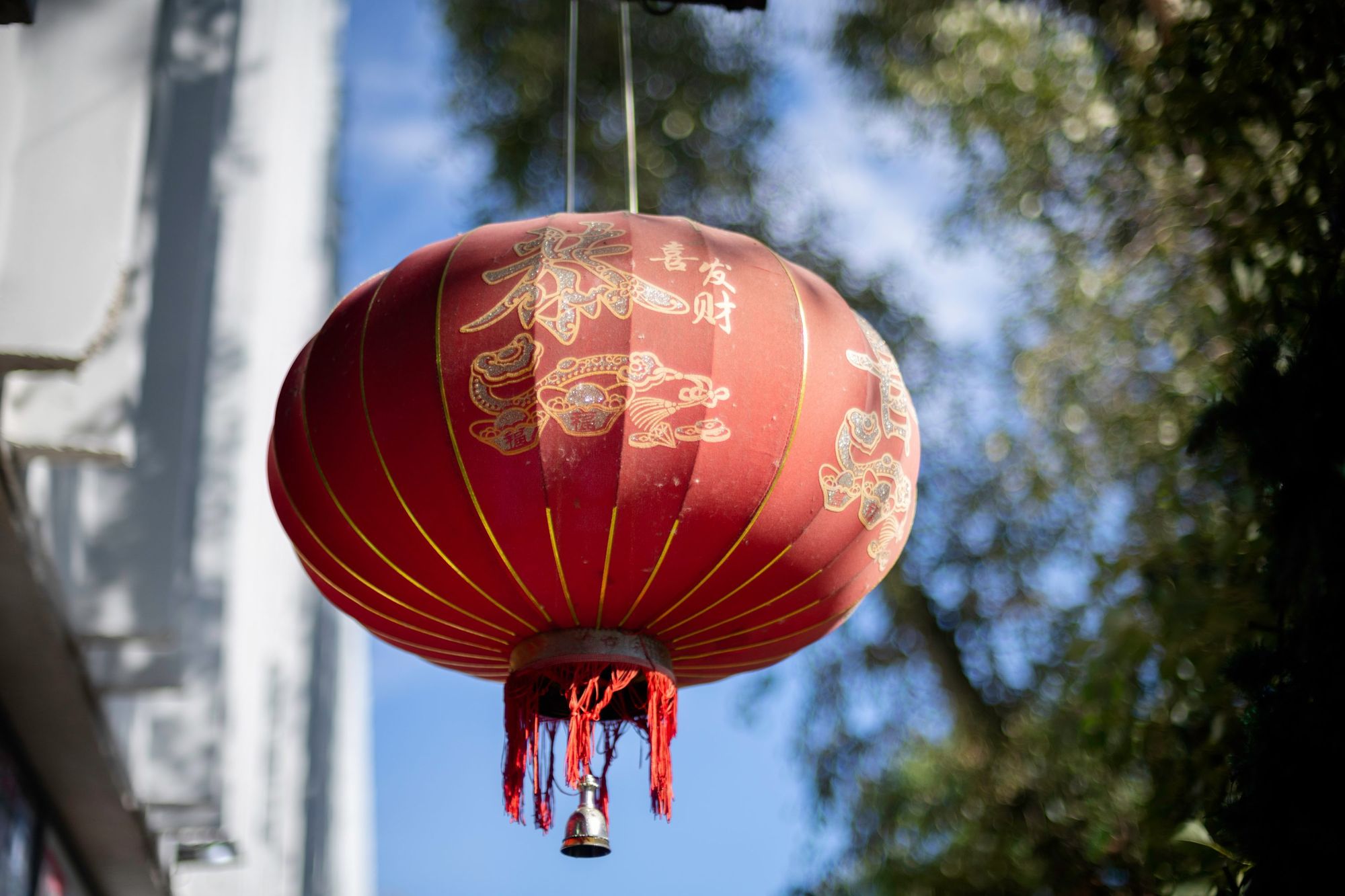
I have always been interested in the things I don’t know but can see in their original form—especially if they are linked to gastronomy. I lived near Kőbányai Road for nearly two years and spent countless times bumping around the city on bus number 9, while Budapest was showing a different face around every corner. One of the most powerful memories I have is leaving the borders of the VIII. District, approaching the former and current buildings of the Ganz factory, it was impossible not to spot the buzz of the Asian market. I was fascinated that everything I could imagine could definitely be found here, but I was even more intrigued by the people who lived here, the children with schoolbags getting off the bus, and the calm-faced and somehow ageless-looking elderly. Generations have grown up and are growing up here, gently balancing between their own traditions and culture and the Hungarian world. Hungary was already a popular destination for Asian traders and fortune seekers in the 1980s, and after the fall of communism, even more people arrived, especially after the state waived the visa requirement for a while (this ‘migration boom’ was repeated in 2013 when the residency bond was introduced).
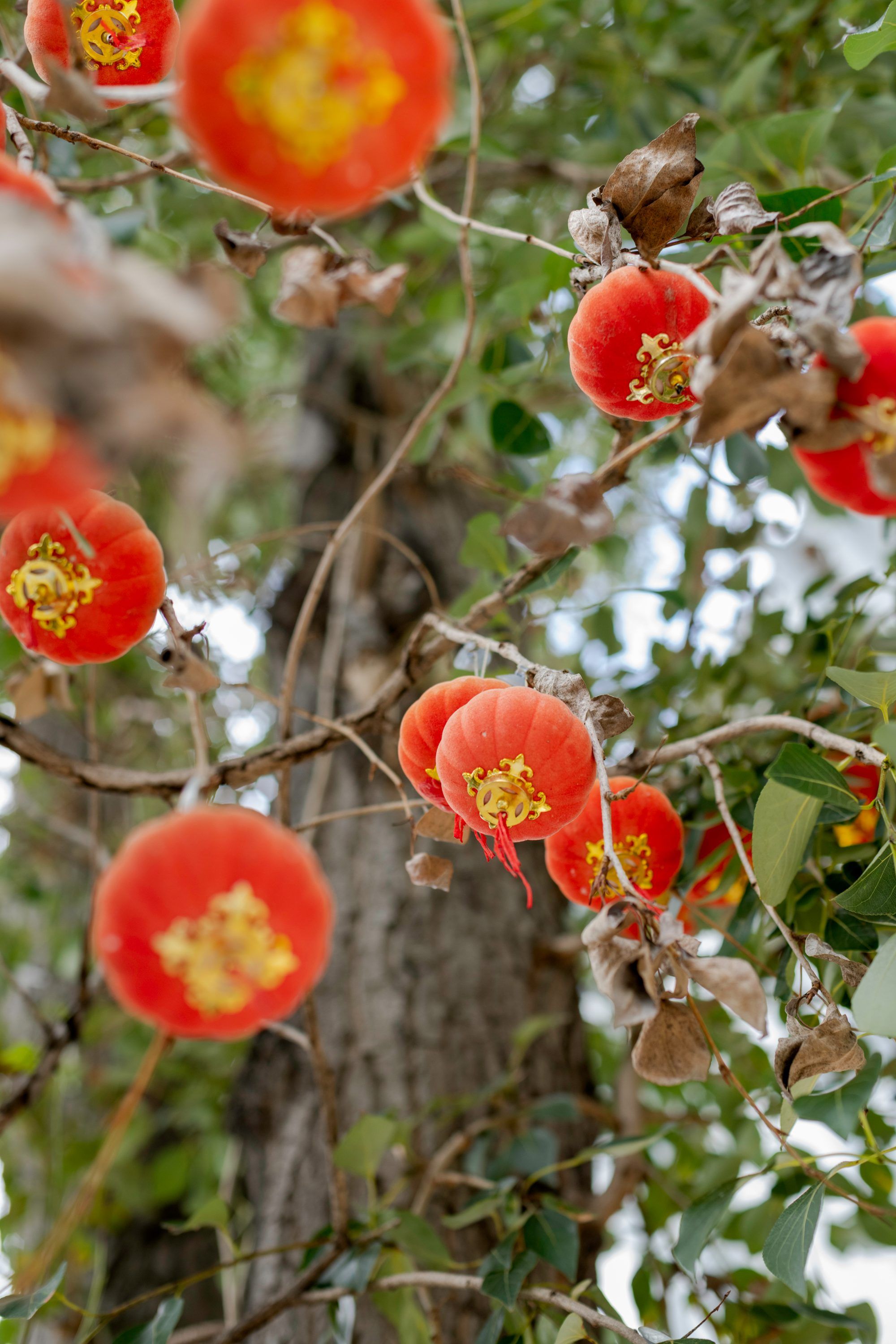

If we look at Chinatown as a whole, it can be divided into three areas. The Monori Center and its surroundings are one of the region’s largest commercial and logistics centers, with nearly 70,000 square meters of space, and where imports flow in from the Middle and the Far East. The buildings were acquired by a Chinese investor already in the late 1990s, and the area has since undergone an enormous development, both inside and out. Although to the west of us, residential areas have typically become commercial districts, here, precisely the opposite has happened: wholesalers have attracted the Asian residents here. The Chinese community living here, numbering around 40,000 people, is mainly from Zhejiang and Fujian, and because the older generation speaks little or no Hungarian, it was important to the owners and developers of the area that they felt at home and safe here.
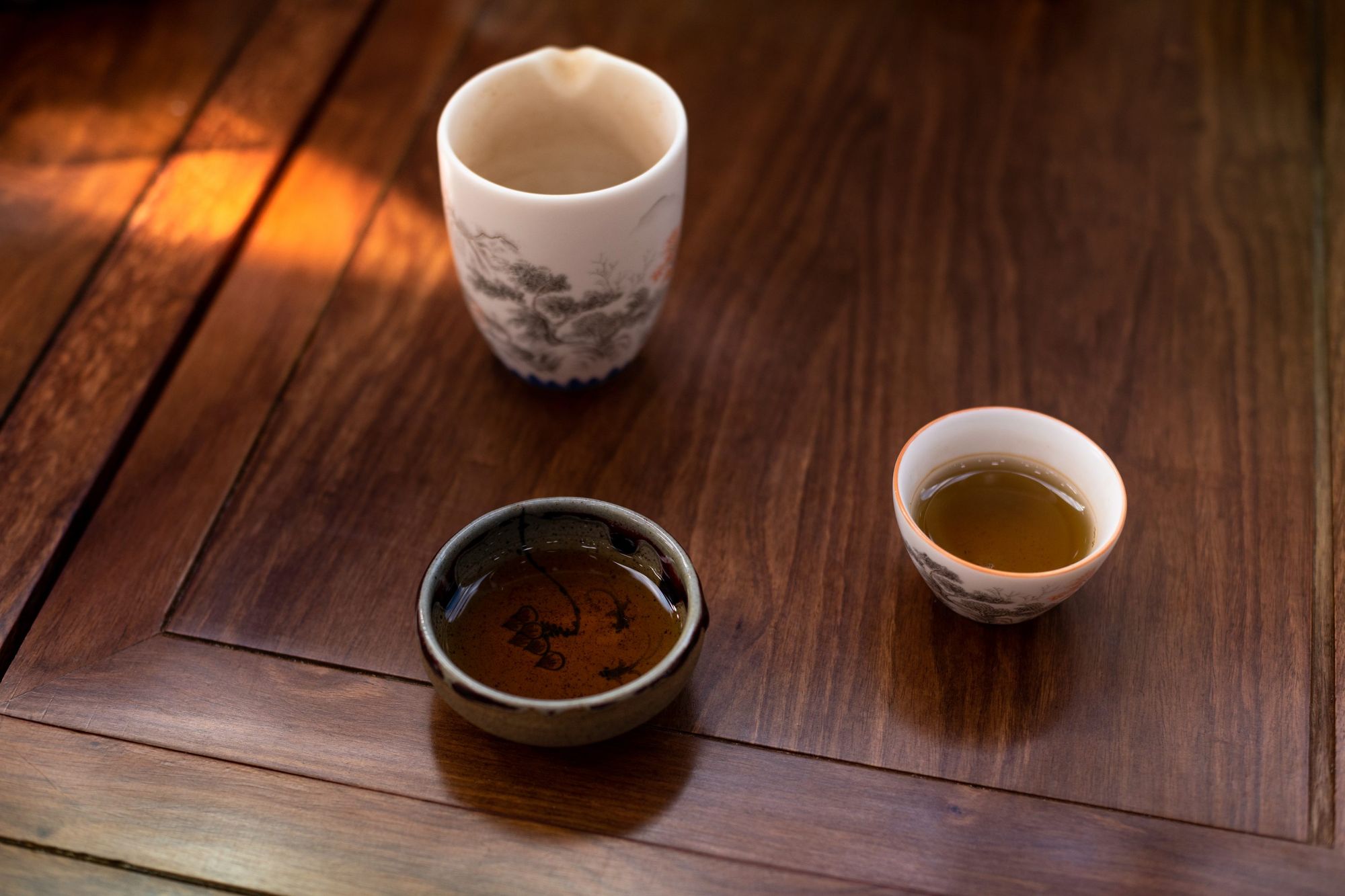


Given the size of the Monori Center, other services that are an integral part of the life of the diaspora have also been settled here: a school, several (Christian) churches, a medical center, community centers, salons, and, of course, restaurants and bars. Although on a smaller place, but the area at the corner of Kőbányai Road and Könyves Kálmán Boulevard with its numerous halls functions as a market (preceded by the not very reputable Four Tigers Market, which was shut down in 2013), as well as the youngest one, the Sárkány Center, on Gyömrői Road on the site of the former Budapesti Kőolajipari Gépgyár (Budapest Petroleum Engineering Plant—free translation). Of course, gastronomy is an integral part of the culture. The cuisine of the Far East, and even of China, is quite varied, with eight major and many minor styles in this vast country. The summer Chinatown Terasz Street Food Market, which has been running for nine years, introduces these styles—once the idea of the two leading project managers, Sung Jinan and Henry Chu, but the doors have also opened in recent years noticeably wider to Hungarian visitors. It also helps that the cultural and culinary delights are communicated in a very informative, exciting, and lovable way, making more and more people venture to Jegenye Street.
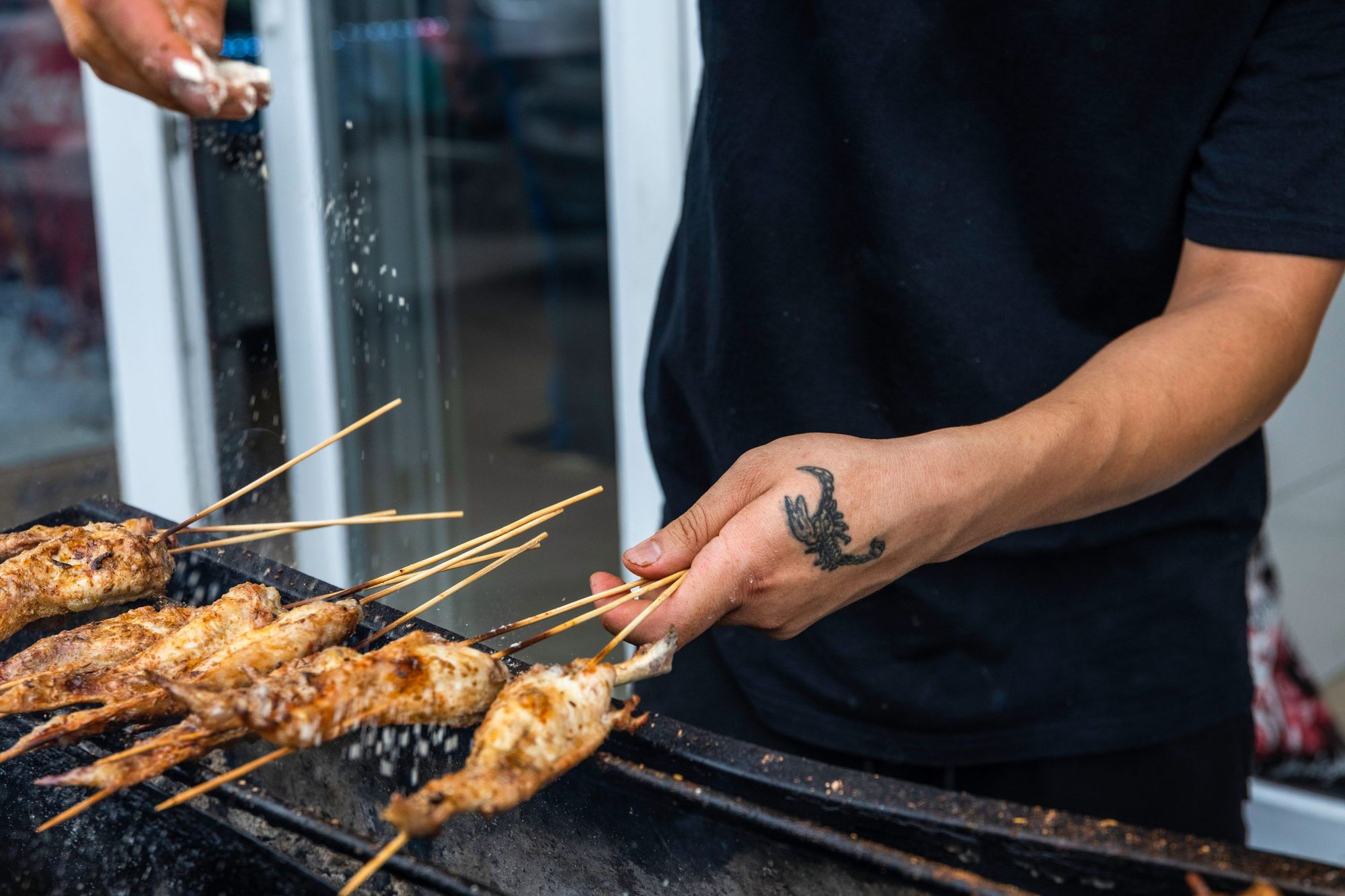
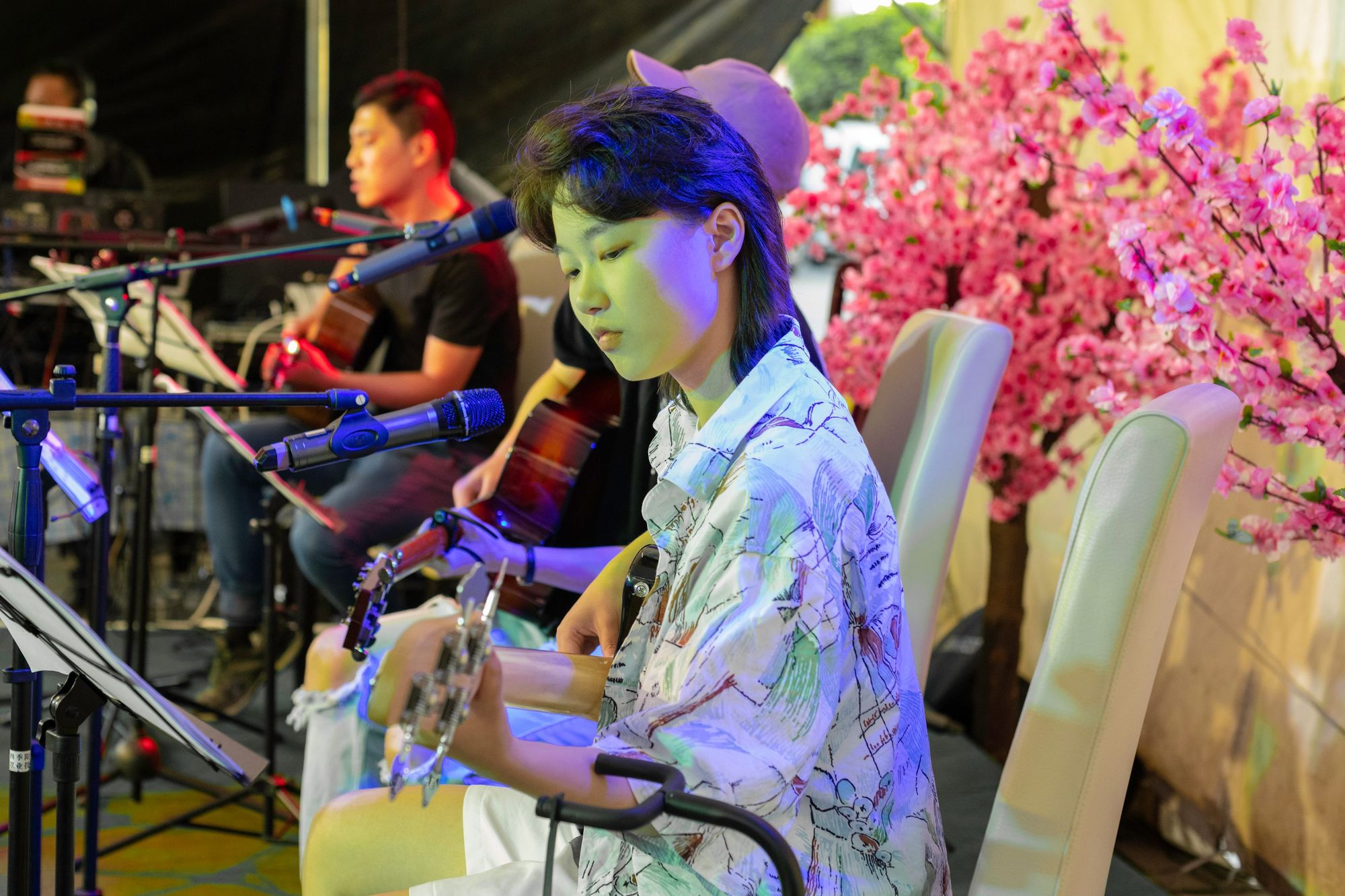
And, what can we taste here? Stalls from local restaurants are set up under a huge tent, where you can try authentic street food from China and the surrounding area every summer evening. The sesame chicken and fried noodles you are used to seeing in buffets are not something to look for here, at least not in the same form. The focus is on skewered grilled dishes, various steamed and fried stuffed batties (such as baozi or chiaoci), Chinese pancakes (jianbing), but if you arrive with a large group, you can also order hot pot, which is a selection of side dishes, like thinly sliced meats, tofu or noodles, cooked to your taste in a steadily boiling broth. In terms of seasoning and the use of ingredients, there are traditional variations, with a wide range of spicy dishes (with Sichuan pepper, garlic, and chili, the holy trinity of Sichuan cuisine), or meat-heavy dishes, chitterlings such as lamb kidneys or beef tripe.
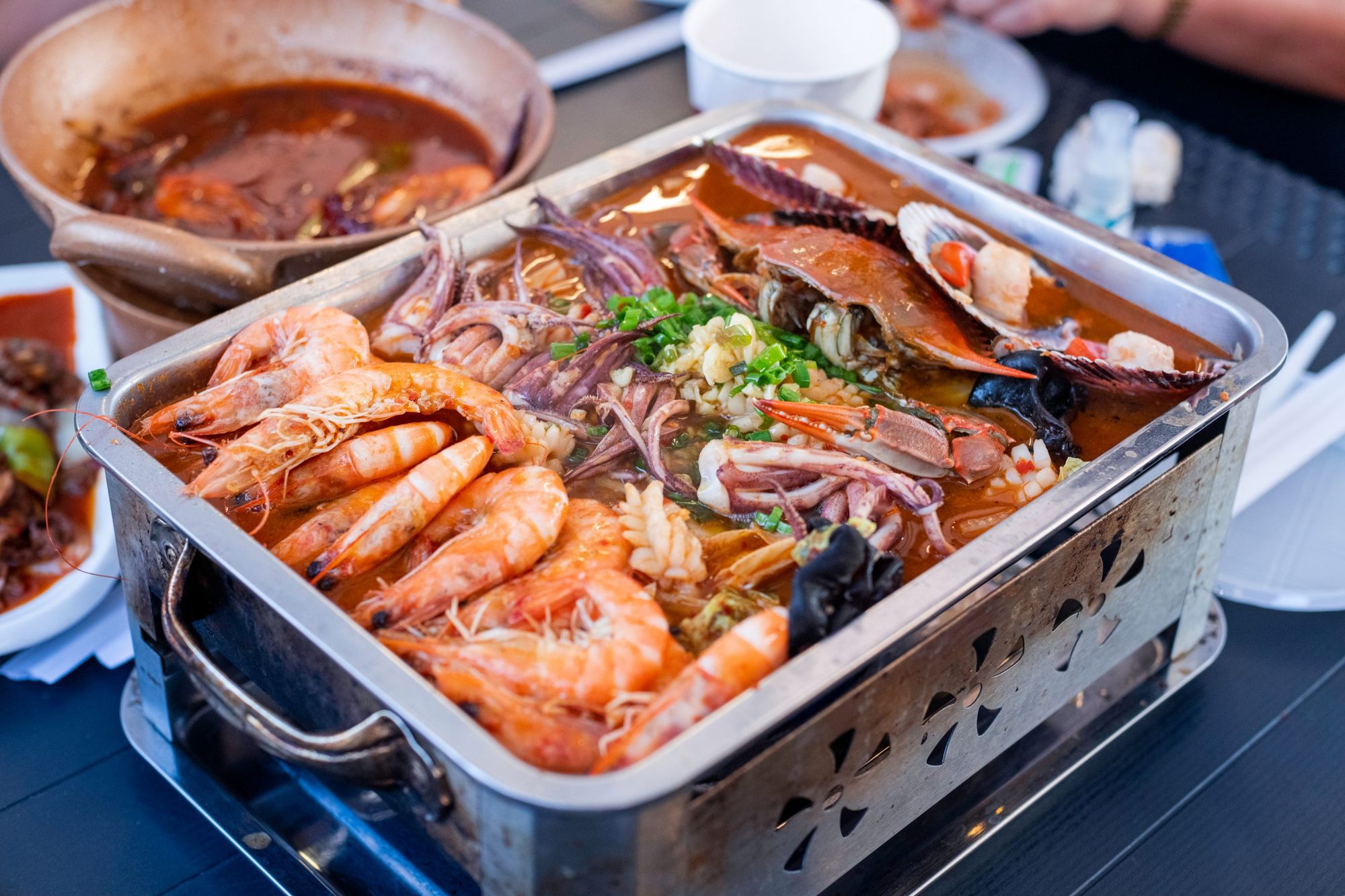

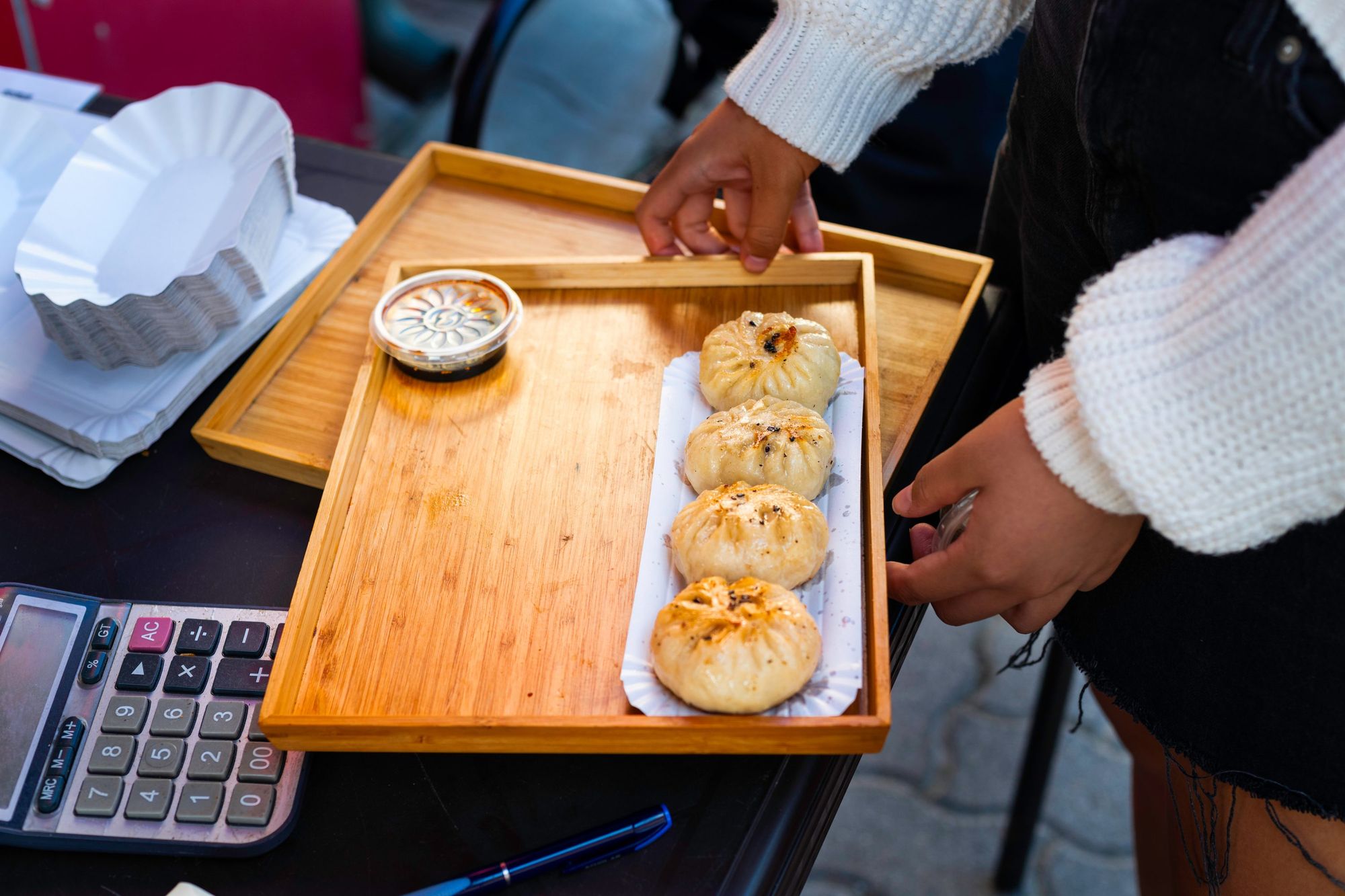
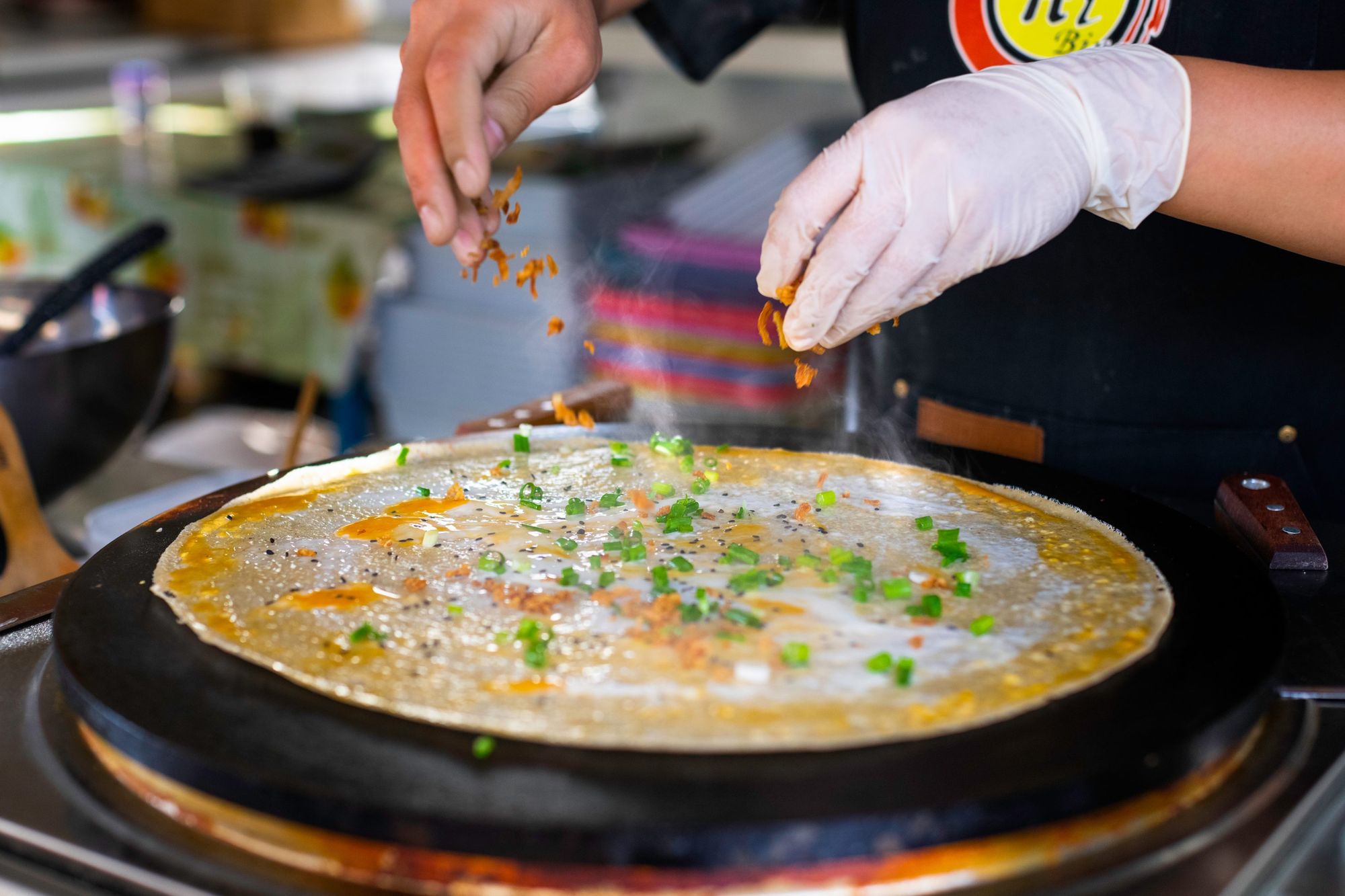

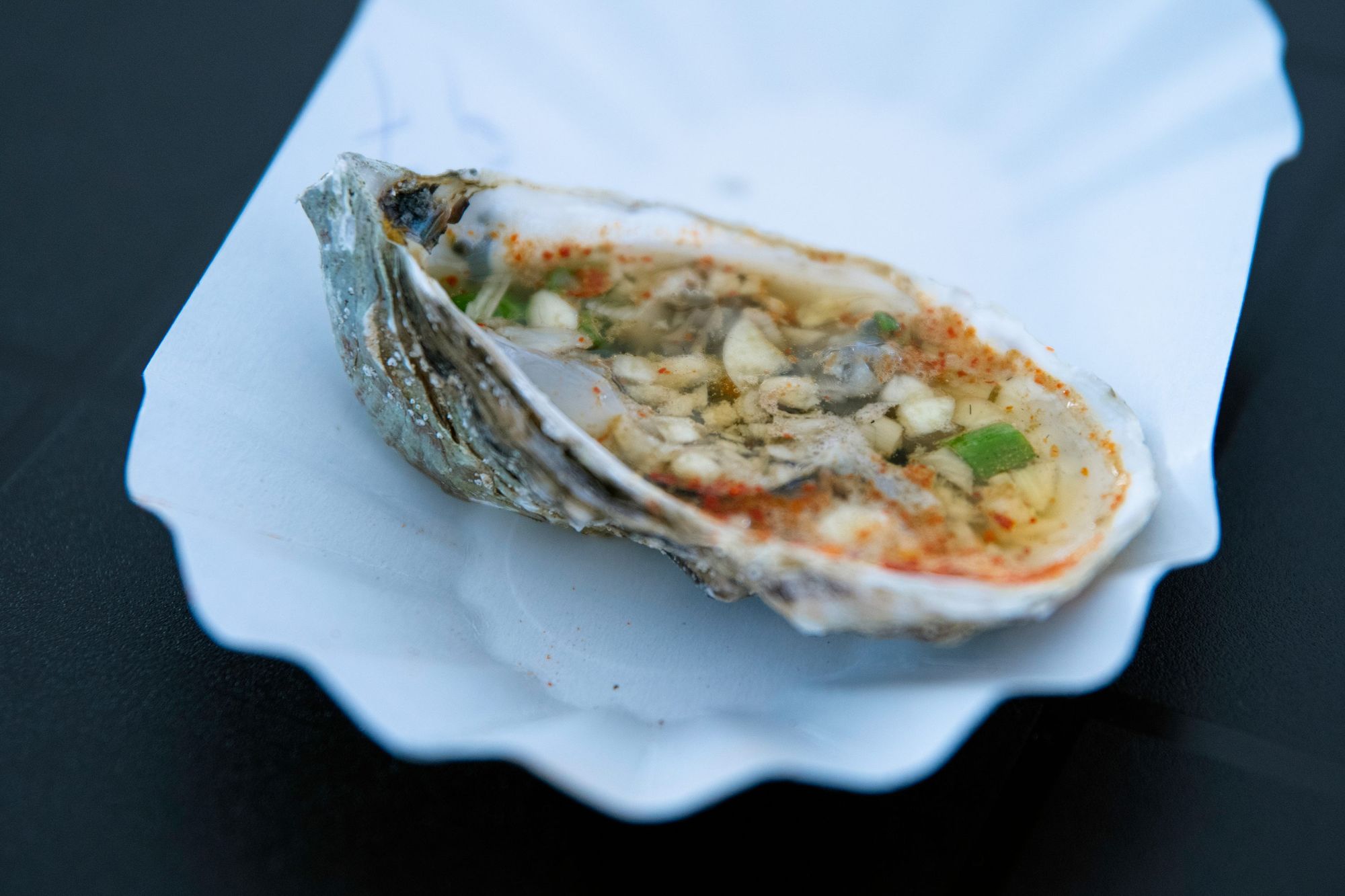
Fans of seafood (lobster, squid, and alike) will also find a rich product line, but you can also buy Chinese beers, sweets, or taste ingredients that are far from the Hungarian recipes (taro root, lotus). And speaking of ingredients: surprisingly, the fresh goods are often grown around Budapest or arrive from neighboring countries. You can also buy these at several places in the center—the best known and biggest is the Dunapanda store, a real treasure trove for all gastro tourists, with a breathtaking range of soy sauces and miso, endless shelves of smack soup, and even locally made and raw frozen buns.

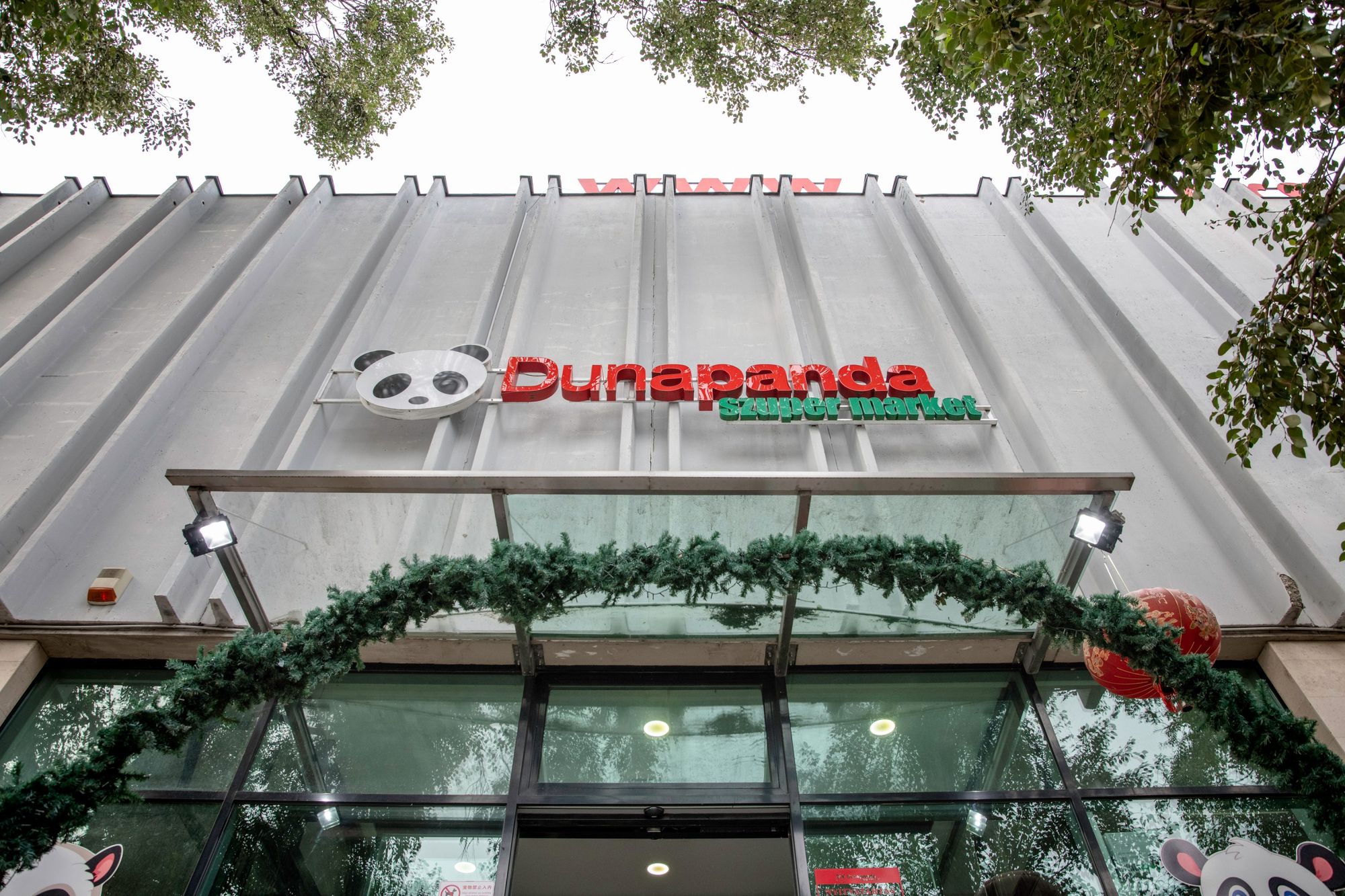

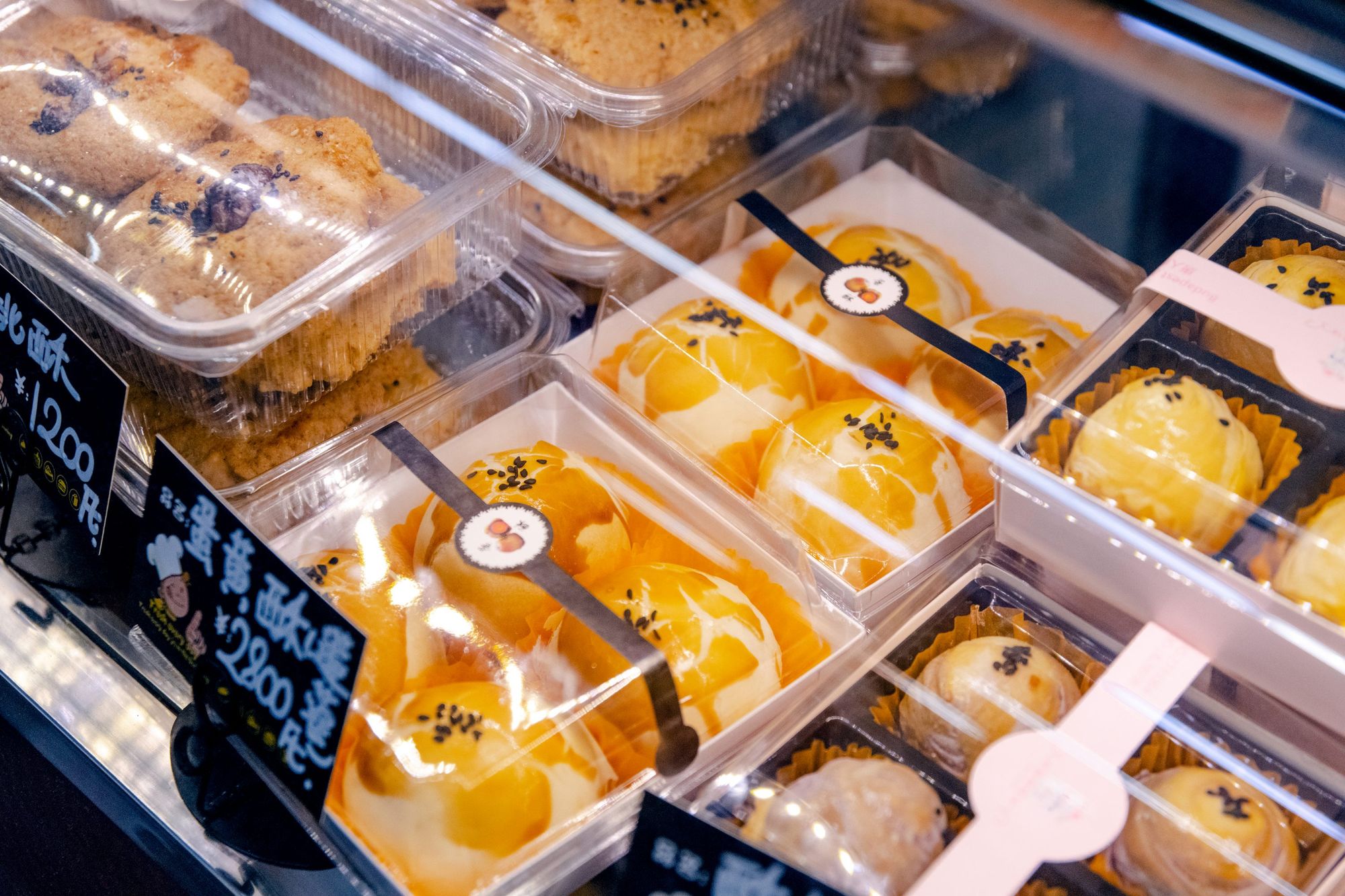

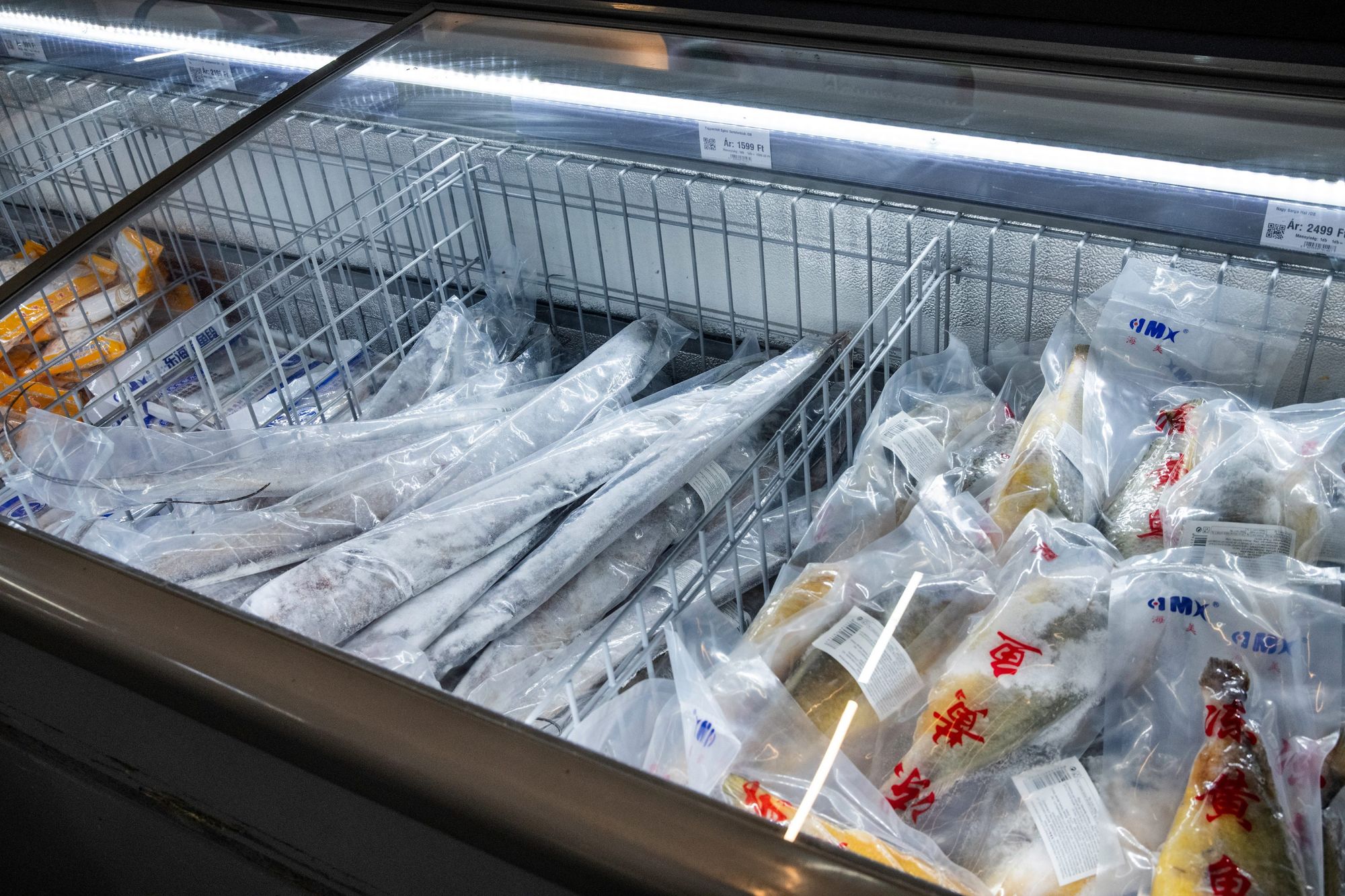
The vibe is really like being in a market, noisy, bustling, and exciting. It’s helpful to bring a large group and try as many things as possible. Although the street food market is closed for the year, it’s worth following Chinatown’s social media pages, as they’re always up to date with what’s happening in the district. Plus, the restaurants are still open, and some, like Spicy Fish and Happy Panda, have a downtown location. In short, it’s time to be brave and curious and perhaps step out of your comfort zone a little because you can have experiences that will truly open the doors to the world.
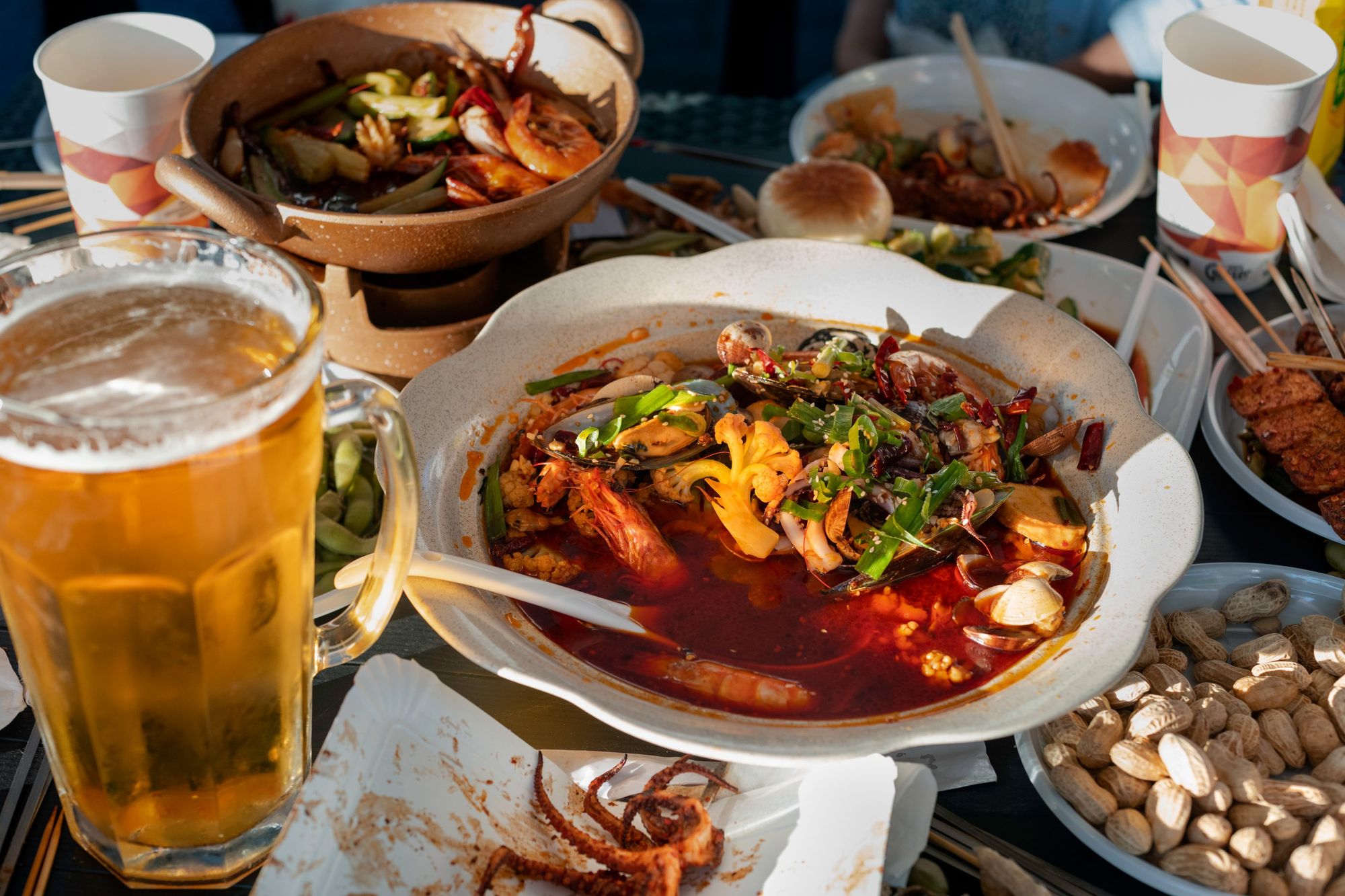
Photos: Krisztina Szalay
Chinatown Budapest | Facebook | Instagram
Source: HVG, 24.hu, Index, Chili&Vanília









